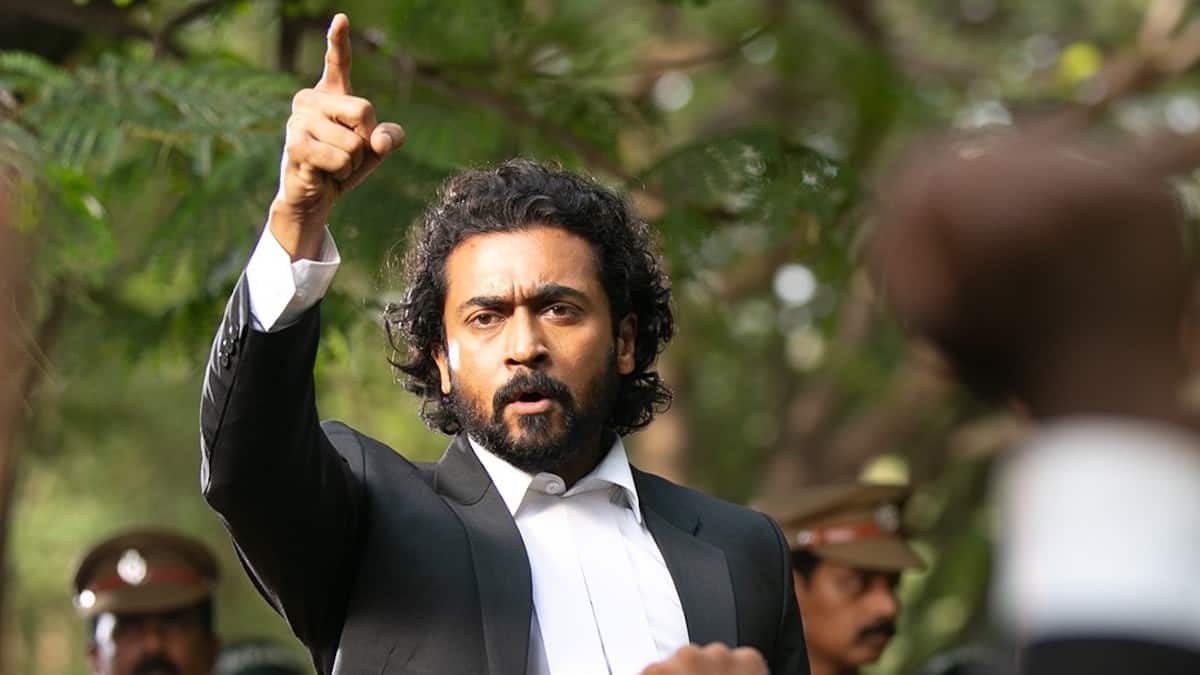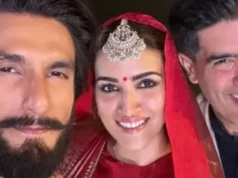The Tamil film industry is generating news all around the world. According to the BBC, Yahoo News, Khaleej Times, and The Independent, Suriya’s film Jai Bhim is at the top of IMDb’s global rating table. Jai Bhim is presently the most popular film on the site, surpassing long-time favourites The Shawshank Redemption and The Godfather.
In Hindi and Bengali new wave cinema, all of the filmmakers were from the majority caste, whilst Dalit and OBC directors directed Tamil new wave films. The sector or element of society beneath the lens in Tamil new wave films is also poles apart.
Gandhian socialism and Marxist ideology were present in Hindi and Bengali new wave cinema. Ambedkarism, Periyarism, and Buddhist imagery are prominent in Tamil new wave films. These pictures are particularly evident in the films of Pa Ranjith and Mari Selvaraj. The film’s title, Jai Bhim, is a slogan popularised by Ambedkar. The film includes Ambedkar and Buddha images, words, and idols. Even the Dravidian movement of the 1970s was portrayed in Pa Ranjith’s film Sarpatta Parambarai.
Hindi movie does not have the distinction of reflecting Indian socio-political realities. The JP movement (1974-77), the execution of the Mandal Commission report and accompanying turmoil (early 1990s), and the development of the Bahujan Samaj Party (BSP) and OBC politics in north India, among other events, were all missed by Hindi film. If someone unfamiliar with Indian history saw all of the biggest films of the previous 50 years, they would learn nothing about the epoch events that moulded the country.
All of this occurred in Tamil film over the course of a decade. The industry used to be just like any other in India, with essentially identical trajectories. “The Indian cinema companies began their journey by creating mythical movies and then operated in a broad Nehruvian framework,” says Dr Harish Wankhede, professor of JNU’s Centre for Political Studies. The path of the Indian nation was chronicled in these films. It was a voyage through time, from optimism to disillusionment to ultra-nationalism.”
These examples demonstrate the evolution of Tamil cinema and its audience. So, in Sarpatta Parambarai, Pa Ranjith had no trouble displaying his lead players’ Buddhist marriage, and in Karnan, Mari Selvaraj exhibited the picture of killed Dalit icon Immanuvel Sekaran and a headless Buddha with ease and yet managed to make a blockbuster film.










